Practicing from the Heart
Lisa Bandiera
April 25, 2022
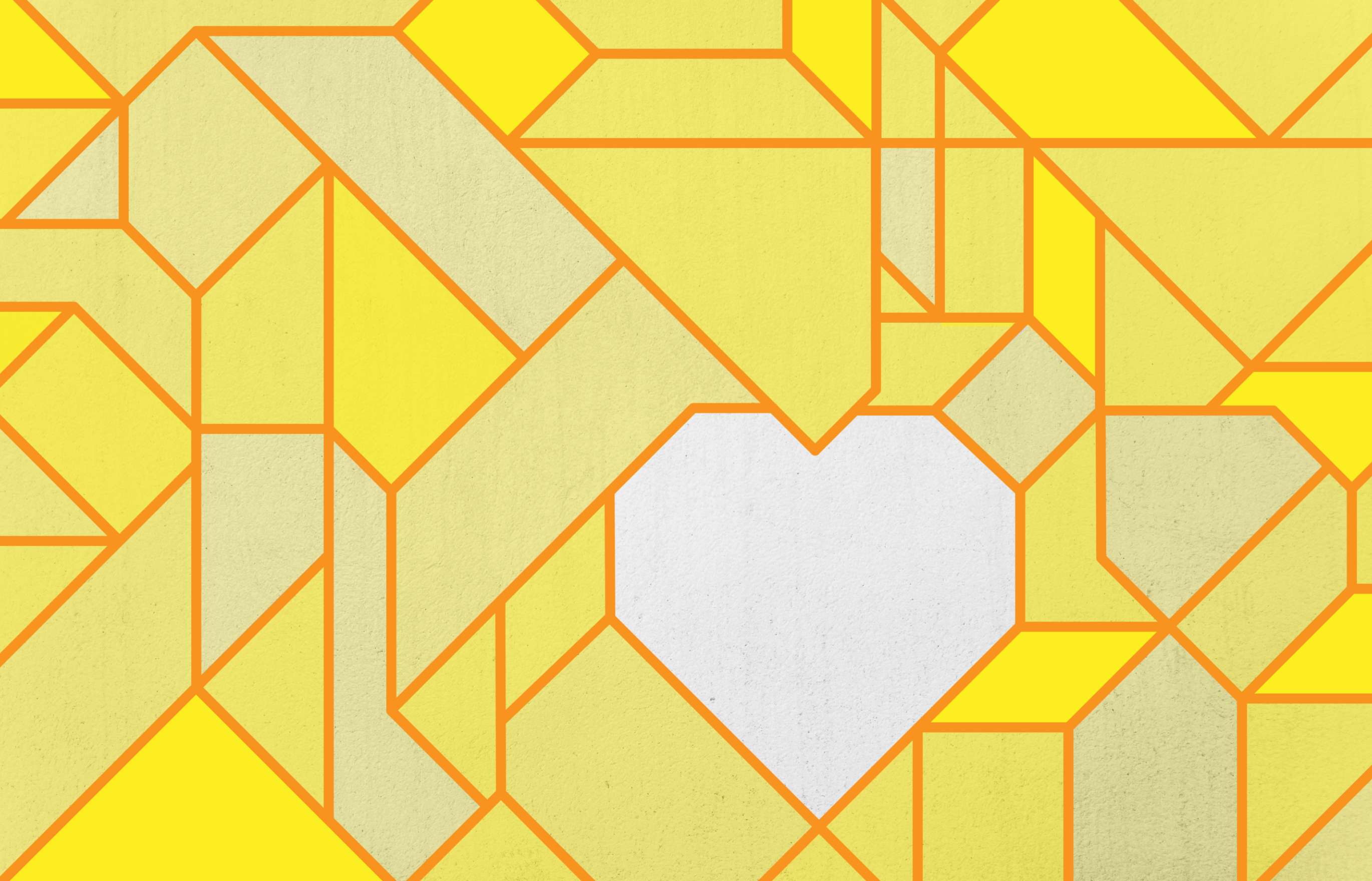
My son Luca was born with the umbilical cord wrapped around his neck, which prevented him from breathing for five to ten minutes and caused complications that left him very sick. I had always been into wellness and taking care of the body, but I searched for professional advice from someone who had greater knowledge of this kind to assist with the health issues that Luca was experiencing. An acquaintance introduced me to a kinesiologist and nutritionist who later introduced me to Shinnyo‑en. After helping Luca’s health issues improve, she suggested I come to a temple. That’s how I started visiting Shinnyo‑en.
When I first came to the temple I found the atmosphere very warm and inviting, and everyone extremely friendly. The fact that the Shinnyo Path started out in a different culture with different traditions to the ones I was used to wasn’t an issue, because the people who come are not told to conform, and the opportunity is more an invitation to be open to experiences.
For me, the practice was all about love, harmony, equanimity, compassion, and being open to receiving everybody unconditionally. I practice through my heart. Early on I kept it my purpose that when I invited anyone to come to Shinnyo‑en, I would try to make it simple by working on the spiritual side of conversations, focusing more on practicing love and harmony than anything else, and on anything that was heartfelt—to talk from my heart. This openness and simplicity is a lovely introduction to Shinnyo‑en, and makes people open to coming more often. The warmth lends an inviting atmosphere to the temple, and lets the visitors feel at ease to start practicing at whatever level they feel comfortable with.
When I receive guidance for my practice in sesshin, I ask myself which is harder: to stay on the merry-go-round of the karma that you’re in, or work on improving your circumstances? When I work on my karma, when I work on what I need to improve, the beautiful result that follows ripples through me, my family, and everyone around me. I don’t think making efforts on what is indicated in sesshin is any harder than just sitting around and allowing your situation to stagnate, or being stuck with things that don’t stimulate or help you, your ancestors, or your future. If you have only one source of energy, isn’t it better to put that energy into moving forward, into being grateful to be able to come to the temple, receive that message, and see how you can put it into practice at a level where you can achieve it rather than looking at it as a strenuous task?
For me, the practice was all about love, harmony, equanimity, compassion, and being open to receiving everybody unconditionally. I practice through my heart.
My boy Luca has always had a strong interest in the Shinnyo Path, maybe because of his interest in Japanese language and culture, and how he came into this world with so much suffering. But now his suffering is totally alleviated; there’s just a little more physical work left, and we can repair the damage that was done. I feel that a spiritual path is being paved, and I don’t think his interest in Shinnyo‑en is a coincidence. He’s got a beautiful determined spirit, like Achala.
Since starting my practice at Shinnyo‑en, I’ve come to see more harmony between my husband and myself. I have more understanding of where people are coming from, accept them more, and work to be more accepting of others. I focus more on my own faults and try to put into practice whatever is indicated in my sesshin. That’s the mindset that I have now before I go in to receive sesshin. It’s always been my mindset, but now my outlook is more focused on what I can do to move forward.
What I really appreciate about sesshin is that I can hear what I need to practice fully. Sesshin gives us an outlook on how to make our practice happen. The precious gift of having sesshin is that we can change our karma, and our efforts can change even the people around us. At the end of the day it just brings more joy and happiness to everybody, ourselves included. It’s a nice gift that we can give to people when they come to the temple, because it’s a gift that people don’t receive often in daily life.
What I really appreciate about sesshin is that I can hear what I need to practice fully. Sesshin gives us an outlook on how to make our practice happen. The precious gift of having sesshin is that we can change our karma, and our efforts can change even the people around us. At the end of the day it just brings more joy and happiness to everybody, ourselves included.
I come from a very loving family. I was brought up to practice with faith in God, and I still keep those aspects of my faith—it has helped to connect me to my practice at Shinnyo‑en. The perception and understanding that I have always had of life remained the same, but the practice made what I thought I understood even clearer, and made me still more determined to hold that way of thinking. Focusing on gratitude is also a huge thing for me. Today, for example, I was running five minutes late, but I realized as I was driving my car that all the traffic lights were green, and I felt grateful for life’s little gifts. I think that being aware of all that’s around you is how it works, and I believe that practicing the Shinnyo Path elevates you with this awareness also.
My mother was the one who introduced me to karma by teaching me not to do anything negative because “it will come back to you.” I also think it is important to lead by example, even if someone is mistreating you, so that you don’t get caught up in a negative spiral. You’re not helping others by feeding their behavior, but leading by example makes them think about their actions more than any words, attack, or provocative response could do. I’ve always had an understanding like this thanks to the loving nature of my family, but my practice of Shinnyo‑en has improved my ability to stop judging people and overcome differences with others.
Seeing people for who they are means not judging them and trying to accept the good in people unconditionally.
Having experienced environments where people take offense if you don’t follow what they say, I have come to love this unconditional element of Shinnyo‑en practice, because I was also brought up believing how important it is. We need to rise above negative responses, such as taking offense, choosing not to talk to someone because of differences of opinion, or acting rudely to someone who is rude to you. I work on being buddha-centered because then I know that I’m not harming anyone by feeding their negative behavior. Seeing people for who they are means not judging them and trying to accept the good in people unconditionally.
I think that it is important to have a spiritual faith and practice, whatever it is, and for me Shinnyo‑en is an extension of that. It is important to have love, to be buddha-centered, and to create a balance of harmony in your life, because then you’ll be more relaxed and happier. Then all this warmth comes to you because you’re so much more open to it. Coming to Shinnyo‑en, it just all made sense. We have seen the positive effects of our practice in other ways, too. We’ve seen big changes physically in Luca, and emotionally in our family. There’s more understanding between us as a family. We are becoming better communicators, showing more emotions and compassion, respecting each other’s opinions, and just feeling that things flow and happen in everyday life in a way that feels protected, and that whatever is best for us will be provided. I think my faith from the past was my foundation, and then my practice of Shinnyo‑en became an extension of what I always believed.
View more stories
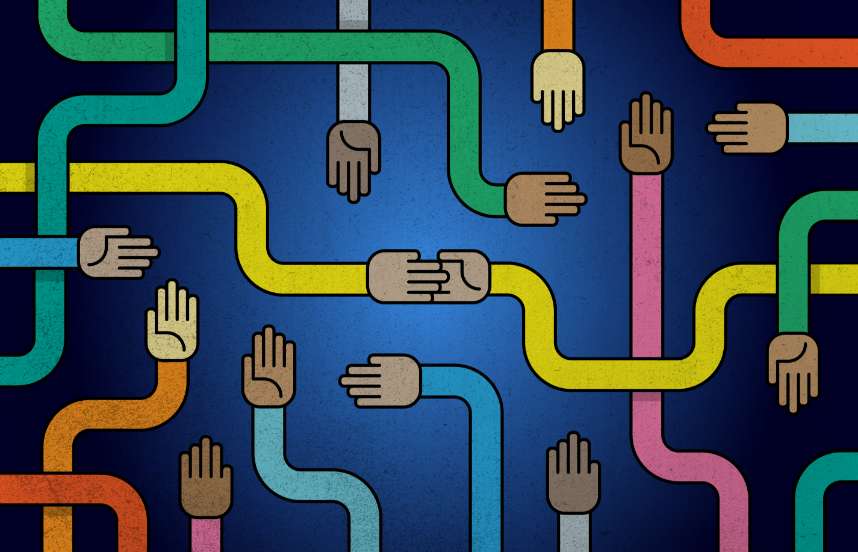
Coming Home
By Amy Leval
Amy, an American living in Sweden, shares the story of how the simple practice of offering merit on behalf of family members that she had never met opened the way for healing and reunion within her extended family.

Sending Off the Spirits of the Dead
By Temple Staff Member
In this article from a 1954 Shinnyo-en newsletter, a member of the temple staff describes an early lantern floating officiated by Shinjo and Tomoji Ito. Despite the many decades since it was written, the account will be remarkably familiar to participants of contemporary lantern floatings.
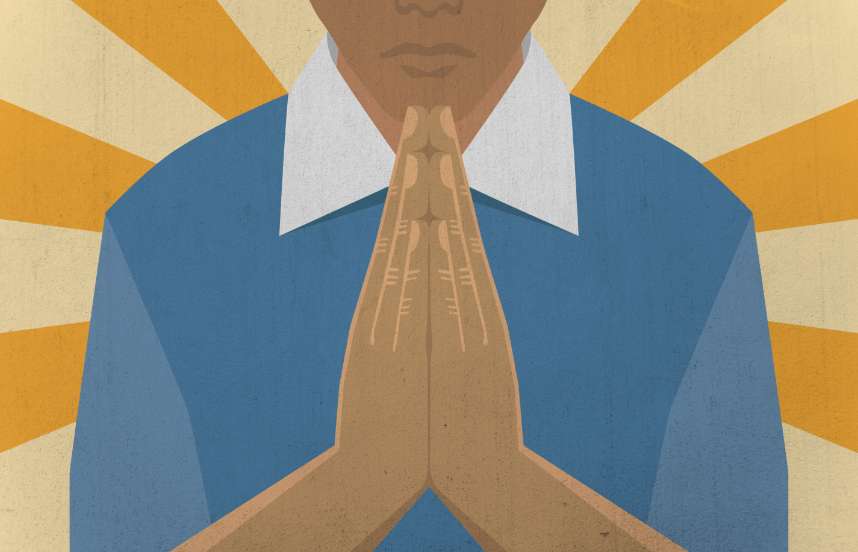
The Spirit of Gassho: Cultivating Gratitude as a Spiritual Practice
By Her Holiness Shinso Ito
Her Holiness likens living a true spiritual life to greeting others with a reverent expression of appreciation. A spirit of gratefulness for others and all that we have cultivates contentment and joy within us. It is a simple practice that we can only experience in the company of others.
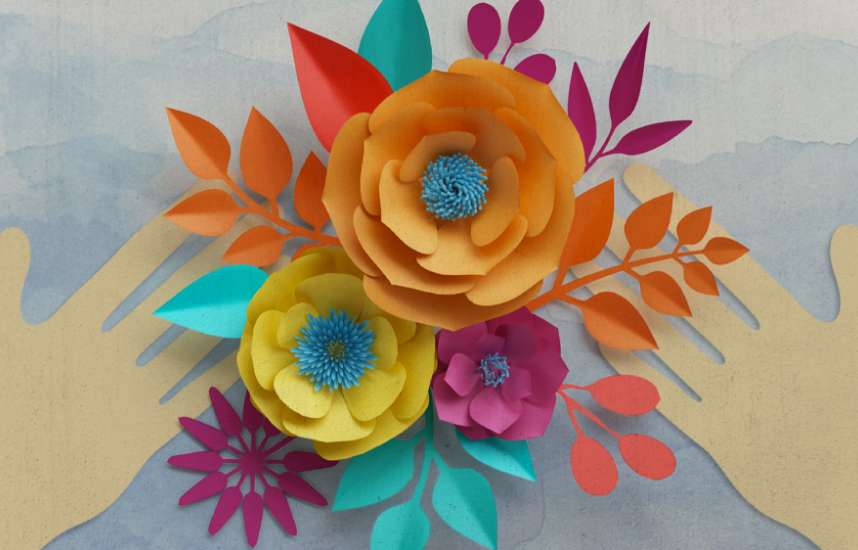
Walking on My Own with Others
By Takako Masuda
Takako Masuda, whose disability once made her introverted and aloof, describes how a warm, encouraging gesture from Her Holiness helped her realize we never truly walk alone.
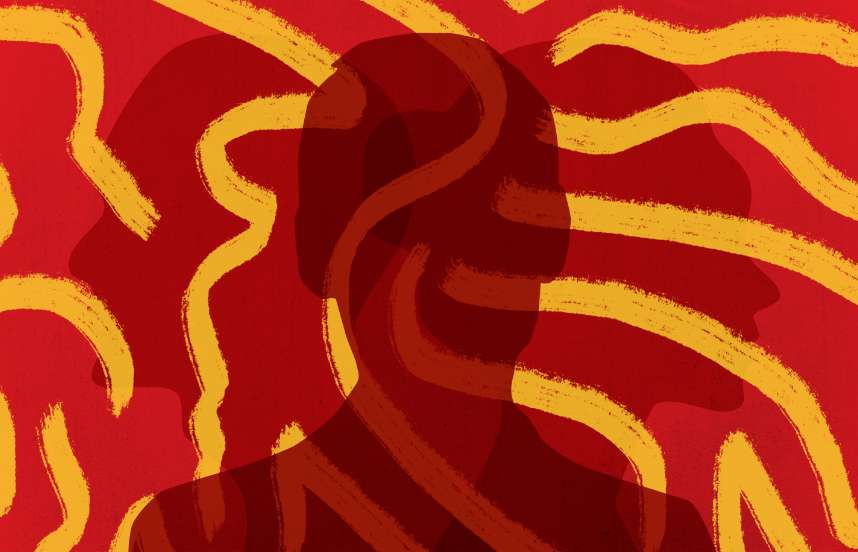
Healing Bitterness with Joy
By Tracy Yang
Tracy Yang, who lives in the United States, shares the story of her family breaking apart, the hardship of emigrating to New York with her mother, how sesshin helped her to uproot feelings of anger toward her and truly see her for who she is, and how with practice, her bitterness turned to joy.

Kindling the Warmth of Shinnyo in One’s Heart
By Nicolas Simonet
French practitioner Nicolas Simonet shares how, even after being a member of Shinnyo-en for a long time and feeling he knew more than others, a crisis in his relationship provided him a mirror to see his own failings, and finally ground his practice in his heart.
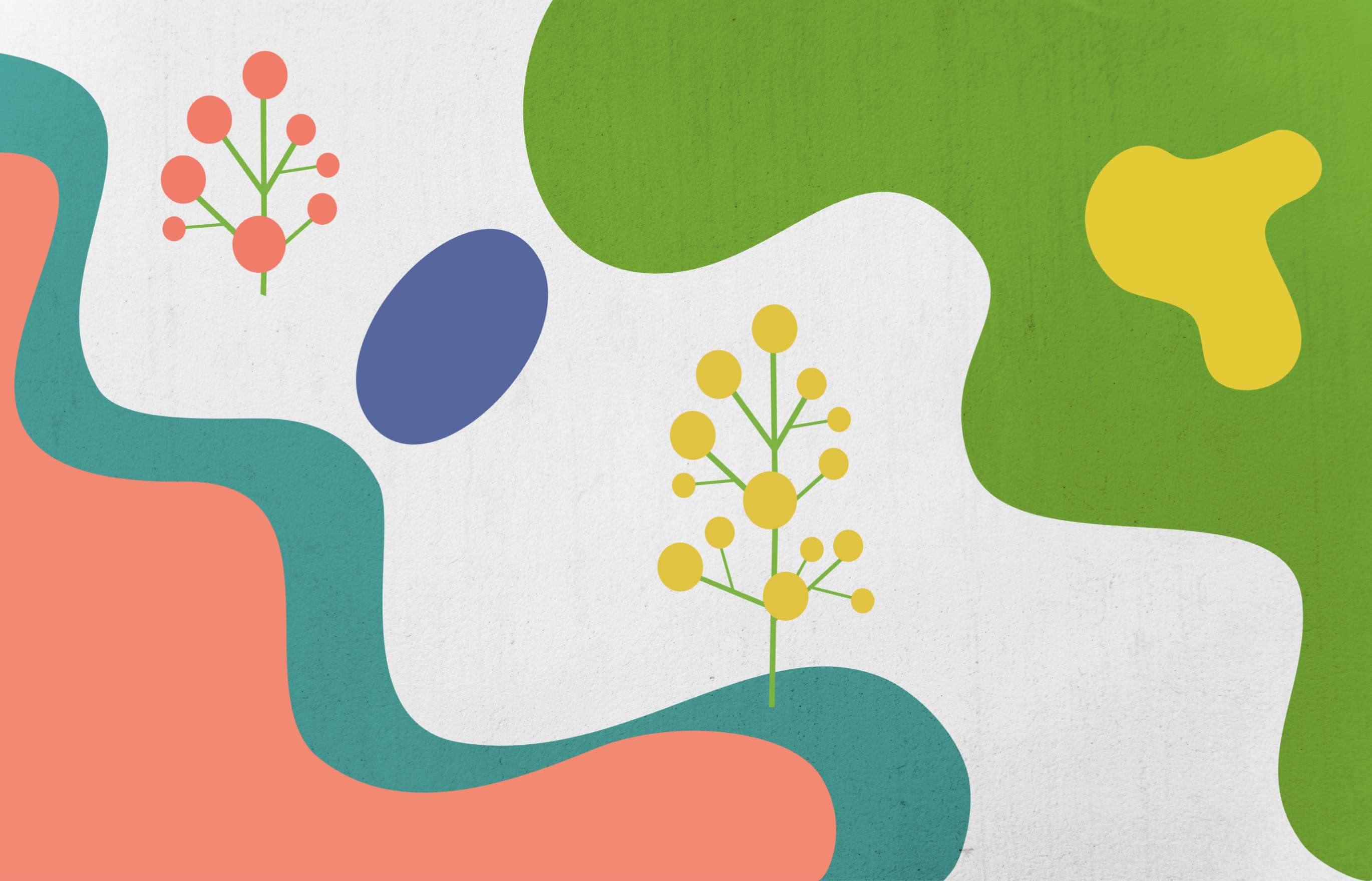
Spiritual Training in a City Full of Potential Buddhas
By Ai Yamanaka
Shinnyo-en practitioner Ai Yamanaka, from New York, finds spiritual inspiration, a happy life, and encouragement in the joyful open-heartedness hidden beneath the city’s superficial gruffness.
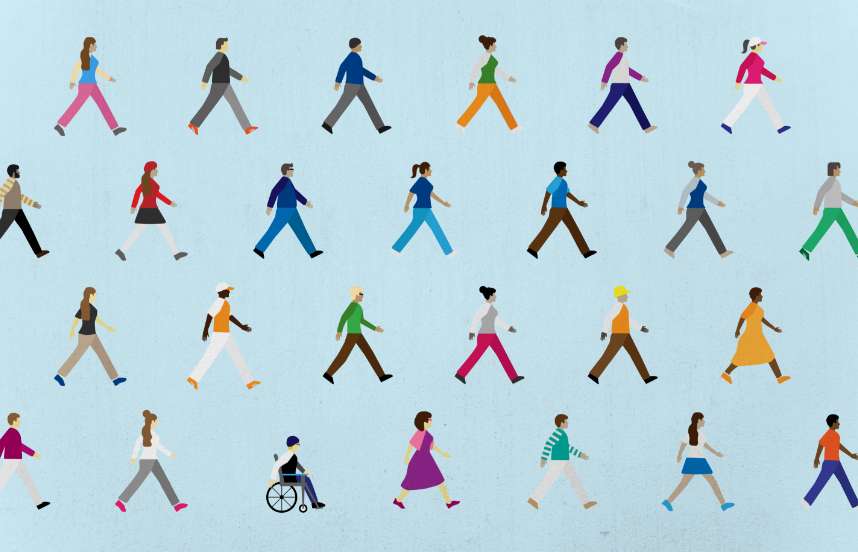
Steadfastly Walking the Path with Others
By Master Shinjo Ito
Master Shinjo Ito, the founder of Shinnyo-en, shares how the image of Achala (“the immovable one”), inspires development of a spirit of loving kindness and compassion toward others in one’s practice that remains steadfast, regardless of circumstances or recognition.
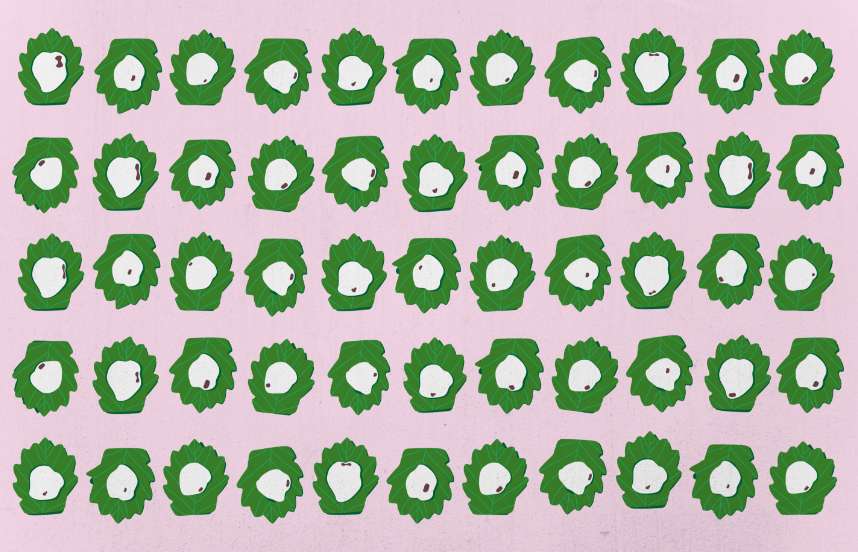
Taking What Is Left
By Her Holiness Shinso Ito
Her Holiness Shinso Ito shares a childhood memory of celebrating “Boy’s Day” with her mother, illustrating how she skillfully taught by example how to express qualities of buddhahood in everyday life.

The Longest Journey Begins With the First Step
By Robert Mize
Shinnyo-en member Robert Mize of the temple in Redwood City, California, reflects on how his practice fits into his Christian background, the healing power of mentorship and community at Shinnyo-en, and on how the long-term perspective fuels his practice of small acts of kindness.

The Transformative Effects of the Shinnyo Path
By Guillaume Riou
French practitioner Guillaume Riou shares his very personal story of practicing Shinnyo‑en, and how the simple act of praying for a cousin’s premature baby opened his heart to an estranged family member, and helped to heal the whole family.
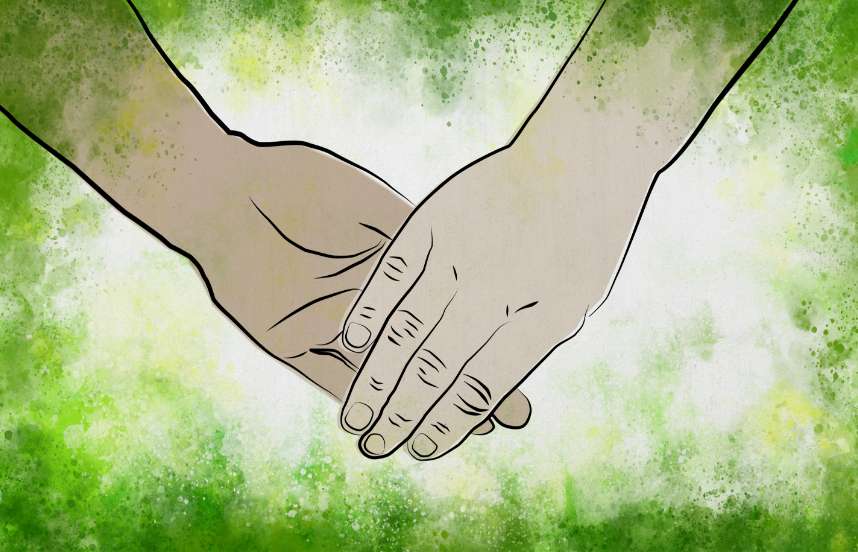
Touching Our Buddha Nature
By Mark S.
Shinnyo-en practitioner Mark, from the United Kingdom but practicing in Japan for the last 20 years, explains how getting in touch with his “buddha nature,” his natural goodness within, helped him recognize the support and friendship of others around him and really be himself.
